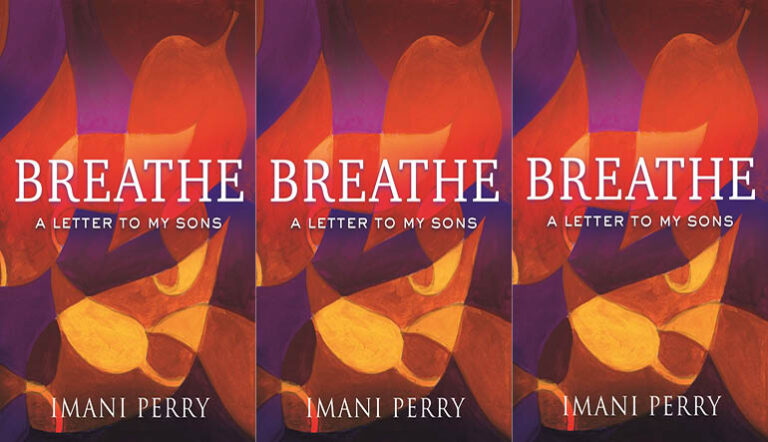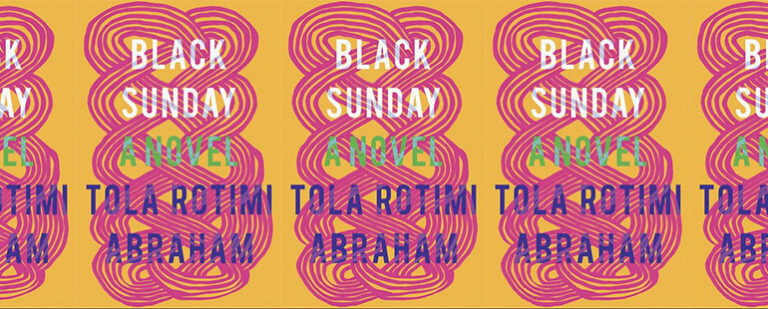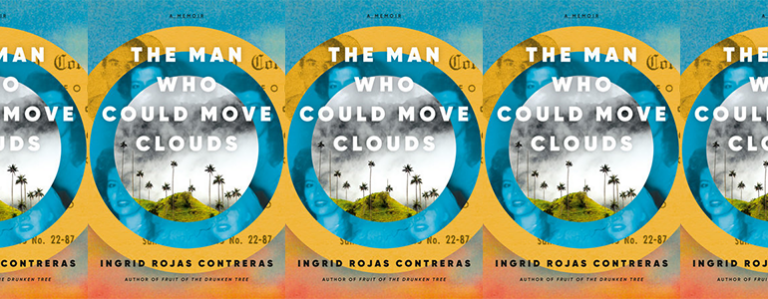Why a Football Coach Reads a Tennis Instructor: On The Inner Game of Tennis

The Inner Game of Tennis: The Classic Guide to the Mental Side of Peak Performance
Timothy Gallwey
Random House, 1997
122 pages
$8.75
Perhaps this moment feels like the second half of a joke that starts, “You know you’re in Seattle when . . . ” but it really happened: I was putting my groceries on the little conveyor belt thing, and I looked up to see Pete Carroll, the head coach of the Seattle Seahawks, staring at me from the cover of Mindful Magazine.
It’s a pretty rare cover for Mindful Magazine, and not just because it featured a football coach instead of any number of the world’s more conventional health-and-wellness gurus. On most covers of Mindful Magazine, we see the subject kneeling in lotus, beaming, impossibly large, and generally just super-duper well-rested and overjoyed to be alive!! These covers just might turn off or even intimidate readers with their smarm. Carroll, meantime, is perched on a stool, quietly poised in a business suit. Perhaps, if the picture were cropped differently, one would see the Super Bowl ring on his finger. There is some serious credibility delivered, here.
To listen to Carroll talk is to have your mental image of a football coach–beefy, authoritarian, probably shouting–exploded:
The source that Carroll cites most often in crediting the inspiration of his coaching habits is Timothy Gallwey’s The Inner Game of Tennis, which is about tennis only in some ways. Although tennis is Gallwey’s chosen craft, it’s easy to see how Carroll found it applicable to football–or indeed, how it can be applicable to anybody’s own ventures in life. Although there are a few tennis-specific chapters here and there that invite skimming for the non-player, The Inner Game of Tennis is a vessel for Gallwey’s teachings on “the art of relaxed concentration.” And, whatever you’re doing right now, doesn’t a place of relaxed concentration sound like a beautiful place to be?
As a tennis instructor, Gallwey’s explorations into this realm began when he heard his students’ negative self-talk following a misstep–and I think we are all familiar enough with directing a “You’re so stupid!” our own way. Gallwey wondered why a reasonable person would openly talk to themselves, and he concluded that the athlete is competing with two selves. There is Self 1, the mind that surveys and strategizes (and criticizes), and there is Self 2, the body that actually carries out the game’s tasks.
The average person–myself most definitely included–has a Self 1 that is constantly belittling and glaring at their own Self 2. The urging on every page of Gallwey’s book is to flip the relationship so that Self 1 looks up, admiringly, at Self 2, freeing the body to perform at its fullest potential. After all, Gallwey contends, Self 2 is constantly performing reflexive actions, like returning a rocketing serve, that Self 1 could never solve by calculation. “Let it learn,” Gallwey writes, to soothe Self 1. “Let the stroke tell you if it wants to change.” The Inner Game will follow up this sort of ethereal advice with the humbly practical tip: to preoccupy his own Self 1, Gallwey focuses as intently as possible on the spin of the tennis ball’s seams, allowing Self 2 to flourish without distraction.
By paying this close of attention to his mind and body while playing, Gallwey began to approach tennis with a mindset that expanded far beyond tennis. He writes of his own journey:
To begin to understand my own lapses of concentration I had to know what I was really desiring, and it soon became clear to me that there were more desires operating in me on the court than simply to play tennis. . . . What I really wanted, I realized, was to overcome the nervousness that was preventing me from playing my best and enjoying myself.
The Inner Game actually reaches something of a climax when Gallwey, as a young man still playing in tournaments, reaches this blissful mental vista during a competitive match. While Gallwey actually lost that day, the realizations he had on the tennis court have undoubtedly improved the holistic direction of his life, not to mention the lives of his many students and readers (Carroll included). Who knows if his opponent even remembers the victory?


